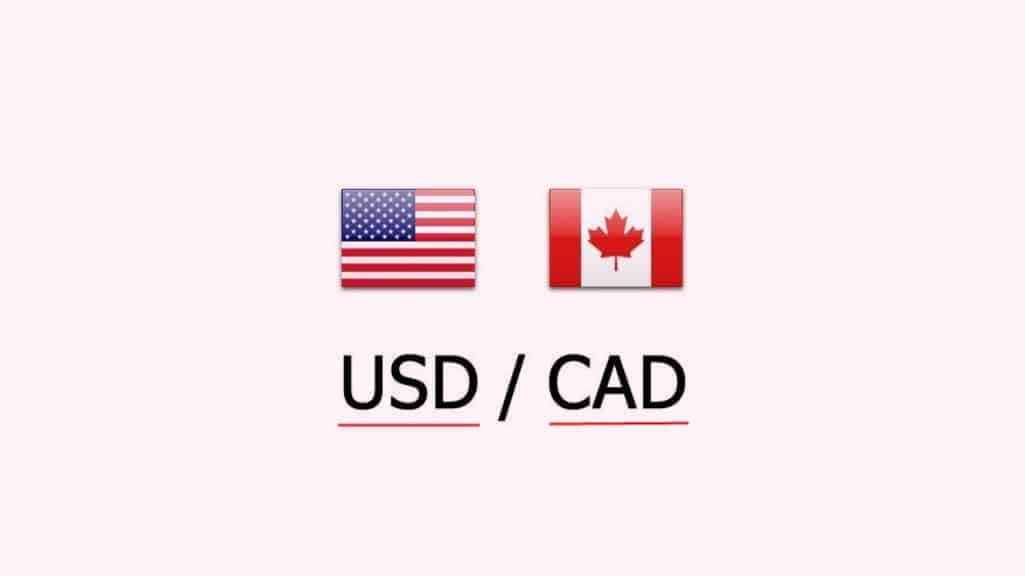
USD/CAD Steady at 1.3726 as Markets Eye Economic Reports
Quick Look:
- Steady CAD: USD/CAD trades at 1.3726, with markets awaiting key economic data from Canada and the US.
- BoC Rate Speculation: Potential rate cut by the BoC as inflation dips slightly and retail sales remain flat.
- Retail Sales Data: Canadian retail sales for March should show a 0% change, reflecting cautious consumer behaviour.
The Canadian dollar remained steady on Friday, with the USD/CAD trading at 1.3726 during the European session. This stability comes as markets brace for key economic data releases from both Canada and the United States. Canada’s retail sales data and the US’s durable goods orders and consumer confidence figures are poised to influence trading dynamics in the North American session. Canadian consumers have shown a propensity for caution, reflected in the flat retail sales for 2024. The March release is expected to follow this trend, with market analysts predicting a 0% change. The BoC will closely monitor this data, which is scheduled to meet on June 5th.
Bank of Canada and Potential Rate Cuts
The Bank of Canada has held its interest rates steady at 5% for six consecutive meetings. With consumers feeling the pressure of elevated rates and persistent inflation, there is growing anticipation about a potential rate cut. The BoC’s decision-making will influenced by recent economic data, including the positive inflation report, which showed the Consumer Price Index (CPI) dropping from 2.9% to 2.7% in April. Although this is still above the BoC’s target of 2%, it falls within their acceptable 1-3% range. This decline in inflation could provide the necessary conditions for the BoC to consider reducing rates either in their June or July meetings.
Canadian Retail Sales and Economic Outlook
Canadian retail sales have been stagnant throughout 2024, reflecting the cautious spending behaviour of consumers amidst high inflation and interest rates. The upcoming retail sales report for March should show no growth, continuing this trend of flat consumer spending. This data will be crucial for the BoC as it gauges the economy’s health and consumer sentiment. A stable or declining retail sales figure might bolster the case for a rate cut, providing some relief to consumers and potentially stimulating economic activity.
US Economic Indicators and Market Reaction
In contrast, the United States has seen positive developments in its economic indicators. The recent Purchasing Managers’ Index (PMI) data showed a significant improvement in the services sector, with the PMI rising to 54.8 in May from 51.3 in April, surpassing market expectations. This marks the highest level in a year, indicating robust business activity despite high interest rates. Meanwhile, the manufacturing sector showed modest expansion. The PMI increased from 50.0 to 50.9, just above the threshold separating contraction from expansion. These positive signals from the US economy could influence the USD/CAD trading pair. This is especially true as the US prepares to release its durable goods orders and consumer confidence data.
As the Canadian dollar holds steady, market participants are keenly awaiting the upcoming economic data from Canada and the US. The flat retail sales expected in Canada may sway the Bank of Canada towards a rate cut, especially with inflation trending downwards. Meanwhile, the positive PMI readings in the US signal resilience in its economy, which could impact the USD/CAD exchange rate. The interplay of these factors will be critical in shaping market movements and economic policy decisions in the coming weeks.




